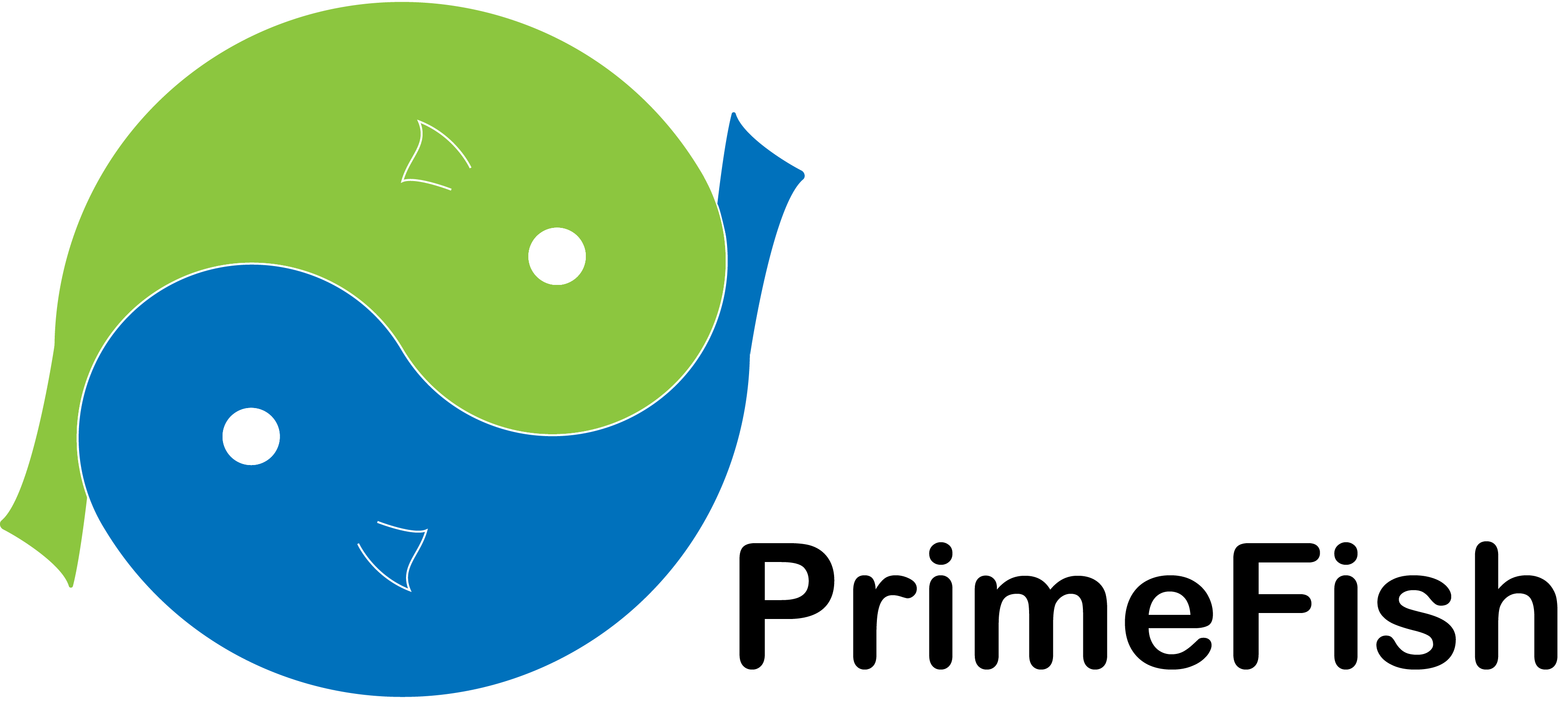Warning message
The subscription service is currently unavailable. Please try again later.This report studies the valuation of non-market effect on the production of farmed Atlantic salmon. There is large agreement across farmers and other stakeholders within salmon farming in Norway and United Kingdom that the present regulations fish farmers face when it comes to effects on the physical environment are good, and that they are sufficient to secure a sustainable industry. The only disagreement on this issue is related to the access to regulations.
Stakeholders within the salmon farming industry are willing to increase production costs by 0.335 NOK per kg (0.04 EUR) to reduce the risk for sea-lice infestation of wild salmon (and cause wild salmon smolt mortality), and 0.21 NOK (0.02 EUR) per kg to reduce the probability for accidents that cause escapees. In addition, they are willing to increase production costs with 7.09 NOK (0.7 EUR) to reduce the FIFO-rate by 45%. This may seem as a very high amount. On the other hand, reducing the FIFO rate with 45% will imply considerably lower production costs. Certification is a similar attribute, for which stakeholders are willing to increase production costs by 5.09 NOK (0.5 EUR). However, certification may lead to higher prices in the market, and if the price premium is higher than the increase in production costs, the producers are better off with certification.
 Deliverable 3.5. Report on population assessment and valuation of non-market effects of aquaculture and capture fisheries activities
Deliverable 3.5. Report on population assessment and valuation of non-market effects of aquaculture and capture fisheries activities
University of Tromsø
- Log in to post comments
